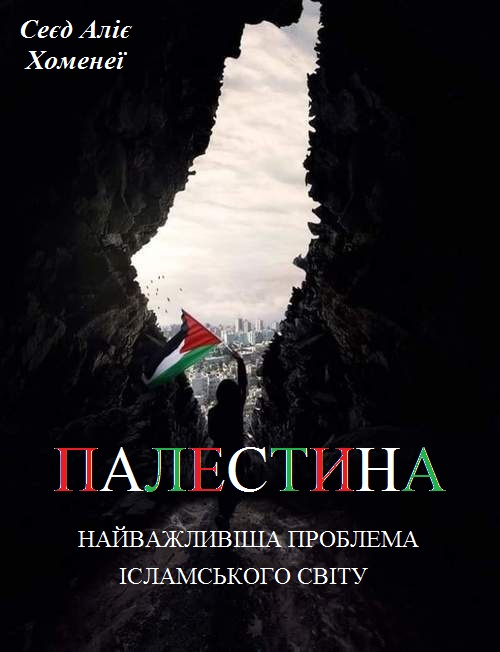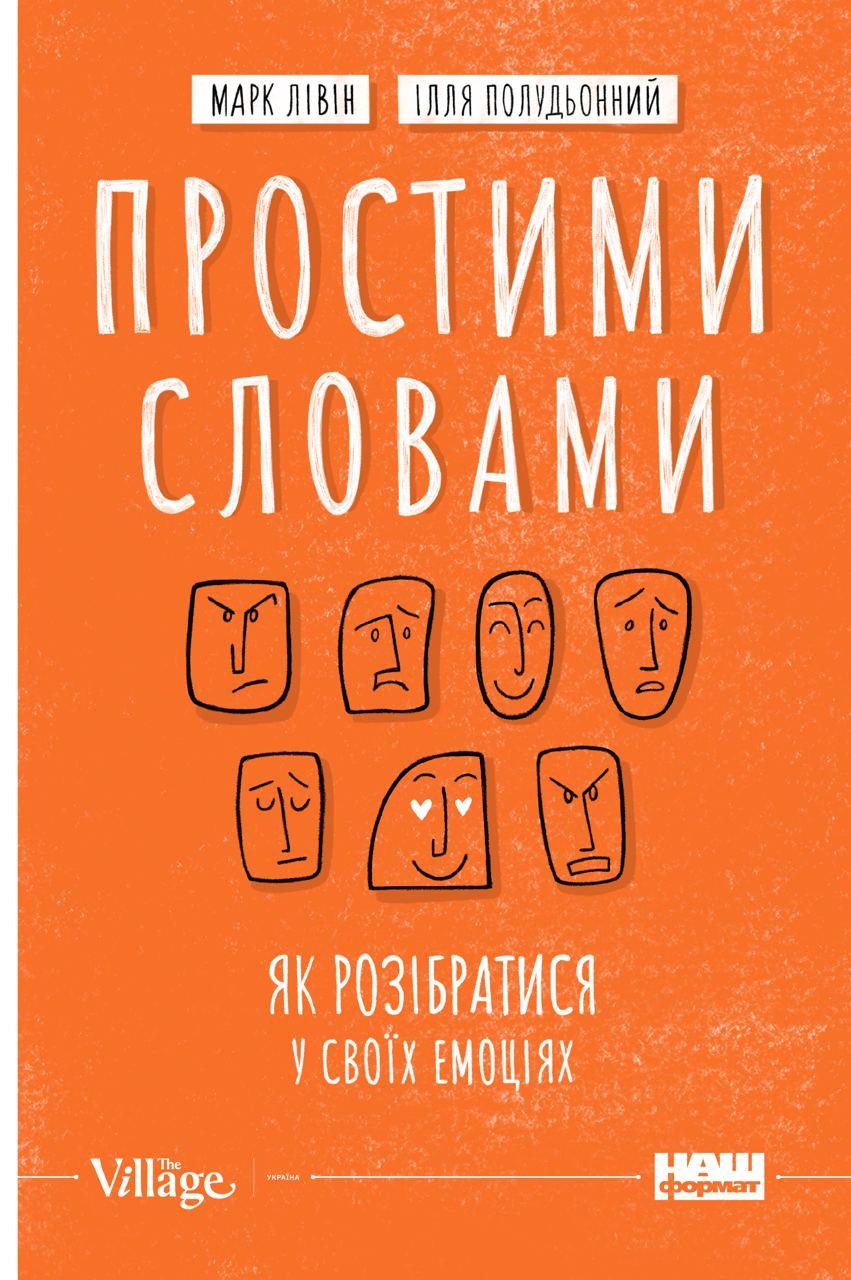Читати книгу - "Genghis Khan and the Making of the Modern World"
Шрифт:
Інтервал:
Добавити в закладку:
Paris wrote that the Mongols “ravaged the eastern countries with lamentable destruction, spreading fire and slaughter wherever they went.” He then described in specific detail the horror of these invaders who “razed cities to the ground, burnt woods, pulled down castles, tore up the vine-trees, destroyed gardens, and massacred the citizens and husbandmen; if by chance they did spare any who begged their lives, they compelled them, as slaves of the lowest condition, to fight in front of them against their own kindred. And if they merely pretended to fight, or perhaps warned their countrymen to flee, the Tartars following in their rear, slew them; and if they fought bravely and conquered, they gained no thanks by way of recompense, and thus these savages ill-treated their captives as though they were horses.”
Matthew Paris’s diatribe against the Mongol invaders escalated from frenzied alarm to hysterical loathing: “The men are inhuman and of the nature of beasts, rather to be called monsters than men, thirsting after and drinking blood, and tearing and devouring the flesh of dogs and human beings.” Interspersed in the contemptuous vitriol, he did relay some important and accurate information: “They clothe themselves in the skins of bulls, and are armed with iron lances; they are short in stature and thickset, compact in their bodies, and of great strength; invincible in battle, indefatigable in labour; they wear no armour on the back part of their bodies, but are protected by it in front; they drink the blood which flows from their flocks, and consider it a delicacy; they have large powerful horses, which eat leaves and even the trees themselves, and which owing to the shortness of their legs, they mount by three steps instead of stirrups.” Other parts of his description have a kernel of truth mixed with some odd misperceptions: “They have no human laws, know no mercy, and are more cruel than lions or bears; they have boats made of the hides of oxen, ten or twelve having one amongst them; they are skilful in sailing or swimming, hence they cross the largest and most rapid rivers without any delay or trouble; and when they have no blood, they greedily drink disturbed and even muddy water.”
At the same time in 1240 that Matthew Paris recorded these observations, the Mongols had finished capturing most of the regional cities of Russia and were preparing to capture the largest and most important political and religious center in the Slavic world—Kiev. Taking advantage of early ice to cross the rivers in November 1240, the Year of the Rat, Mongol envoys arrived at the gates of Kiev. Not unexpectedly, the city authorities murdered them and arrogantly pinioned the bodies above the city gate.
Under the leadership of Mongke, the Mongol army amassed around the city in the early winter in what the Russian priests recorded as “clouds of Tatars.” The noise of the Mongols was said to be so loud that people inside the city could not hear one another talk. As the soldiers fought to hold the walls, the civilians sought refuge in the magnificent Church of the Virgin. When no room remained to take in anyone else, the people closed the doors. Still hoping to find protective proximity to the virgin’s shrine, many other terrified refugees clambered up the church walls seeking sanctuary on the roof. The number grew so large that their weight caused the entire building to collapse, crushing the throngs inside.
When the Mongol forces took the city on December 6, 1240, they looted and burned it to the ground. The Kievan commander Dmitri had fought so hard, even after being abandoned by many of the city’s aristocrats, that Batu, with great appreciation of his military talent and tenaciousness, released him and let him live. The Russian phase of the Mongol invasion was coming to a successful close. Only a little more than one year later, in the entry for 1242, the Novgorod Chronicle began referring to the new ruler not only as Khan Batu of the Mongols, but also as Tsar Batu, a title that literally meant Caesar Batu, signifying a newly united rule over the many warring princely families of Russia. As Prince Michael said on being presented before Batu Khan, “To thee, Tsar, I bow, since God hath granted thee the sovereignty of this world.”
With the fall of Kiev, the Mongol conquest of the European east was complete. The Mongols evicted more refugees to flee toward the west and begin terrorizing central Europe with their tales before the Mongols arrived. The refugees barely had time to get away before Subodei sent out new scouting squads in February 1241, while the rivers were still frozen and the riders could more easily and quickly reach the plains of Hungary. On the battlefields of Europe, future control of the Mongol Empire and the world was being fought over—not in the battles themselves, which proved relatively easy for the Mongols to win, but in the political skirmishing behind the scene among the grandsons of Genghis Khan. The compromised selection of Ogodei as the Great Khan after the death of his father had not settled the issue of succession; it had merely postponed it for a generation, and that generation was now in command of the Mongol armies across Europe and already vying for leadership.
Subodei was accompanied by representatives from the family of each of Genghis Khan’s four sons. After the death of Ogodei’s favorite son, one of these young men would become the next Great Khan, but which one? Under Mongol law, the person would have to be elected at a khuriltai, and the campaign in Europe was the proving ground and the election campaign for each of them. The grandsons jockeyed for leadership and for precedence in the emerging hierarchy,
Увага!
Сайт зберігає кукі вашого браузера. Ви зможете в будь-який момент зробити закладку та продовжити читання книги «Genghis Khan and the Making of the Modern World», після закриття браузера.

